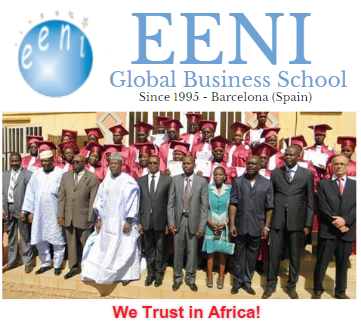
Business in Romania. Romanian Economy, Bucharest
Romanian Foreign Trade. Romania: exporter of agricultural products (EU)
- Introduction to Romania (EU)
- Business in Bucharest
- Romanian Economy
- Romanian Foreign Trade
- Investment in Romania
- Case Study: structure of marketing and sales promotion in the Romanian market
- Access to the Romanian Market
- Business Plan for Romania
Sample: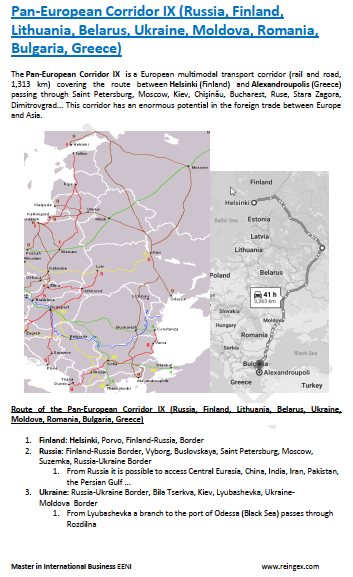
The objectives of the subject “International Trade and Business in Romania” are the following:
- To analyze the Romanian Economy and Global Trade
- To identify business opportunities in the Romanian market
- To analyze the trade relations of Romania with the student's country
- To know Romanian trade agreements as a member of the EU
- To develop a business plan for the Romanian Market

The Subject “Foreign Trade and Business in Romania” belongs to the following Online Programs taught by EENI Global Business School:
Masters: International Business, Foreign Trade.
 Masters adapted to Romanian Students.
Masters adapted to Romanian Students.
Languages:  +
+  Rumanía
Rumanía  Roumanie
Roumanie  Romenia.
Romenia.
EENI Global Business School Romanian: Master Comerţ Exterior.
- Credits of the Subject “Doing Business in Romania”: 1

- Duration: one week
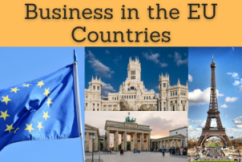
International Trade and Business in Romania.
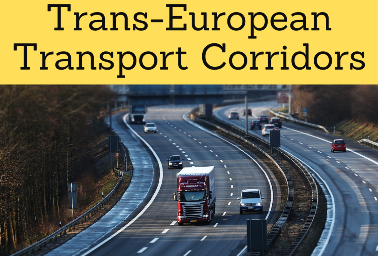
- Europe-Caucasus-Asia Corridor
- Pan-European Corridor IX (Finland-Greece)
- Access to the Trans-Caspian Trade and Transit Corridor
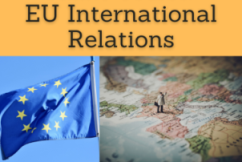
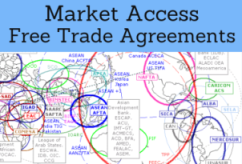
Romanian Preferential Access and Trade Agreements:
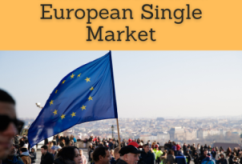
- Romania and the Orthodox Economic Area / European Economic Area
- The EU
- European Single Market
- The EU Services Directive
- European Digital Single Market
- As a member of the EU, Romania is a beneficiary of the EU Trade Agreements
- Organization of the Black Sea Economic Cooperation
- Central European Initiative
- Council of the Baltic Sea States
- Regional Cooperation Council
- ALADI (observer)
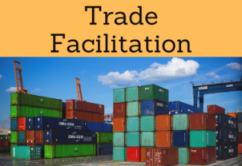
- WTO
- GATS
- Agreement on Sanitary Measures
- Agreement on Technical Barriers to Trade
- Agreement on Preshipment Inspection
- Agreement on Safeguards
- Trade Facilitation Agreement
- WCO
- Kyoto Convention
- Convention Harmonization of Frontier Controls of Goods
- Hamburg Rules
- Organization for Cooperation between Railways (OSJD)
- COTIF Convention
- IRU
- TIR Convention
- Guidelines on Safe Load Securing for Road Transport
- CIM, CIT Rail Rules
- BIC
- Chicago Convention (ICAO)
- IMO
- Convention for Safe Containers
- Istanbul Convention
- Customs Convention on Containers (CCC, UN)
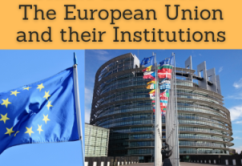
- EU
- ECB
- EIB
- EBRD
- EU-CELAC Summit
- UNECE
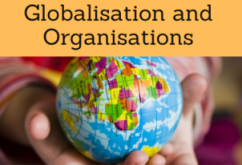
- UN
- WB
- WTO
- IMF
- International Bank for Reconstruction and Development
- Asia-Europe Meeting
Romania was a member of the Central European Free Trade Association
- Romania is an Eastern European country, sharing borders with Ukraine, Moldova, Bulgaria, Serbia and Hungary
- The capital of Romania is Bucharest (2.5 million people, 9% of the population of Romania)
- Area of Romania (Europe): 238,391 km²
- Romanian Population: 20 million people
- Government of Romania: Semi‑presidential Republic
Religion in Romania: Orthodoxy (Christianity).
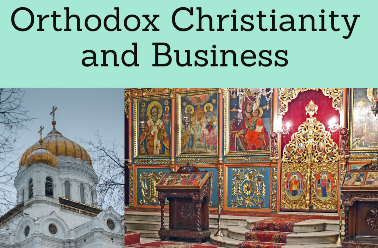
Romania belongs to:
- Orthodox Economic Area
- European Economic Area
Romanian Economy
- Bucharest is the most economically and industrially developed city (21% of the Romanian GDP and 25% of industrial production)
- Nominal GDP of Romania: 189,659 million dollars
- Romania has significant natural resources: petroleum, natural gas, coal, iron, copper and bauxite
- The Romanian major industrial activities are metallurgy, petrochemicals and mechanical industry
- Romanian industrial sector: 35% of the GDP
- Romanian services sector: 55% of the GDP
- Currency of Romania: Romanian leu
- Entry into the EU: 1 January 2007
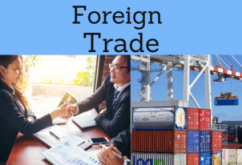
Romanian Foreign Trade
- Romania is one of the largest agricultural exporter of the EU
- The main trading partners of Romania are Germany, Italy, France and South Korea
- Top Romanian Export Markets are Germany, Italy, France and Turkey
- The main suppliers of Romania are Germany, Italy, Hungary, France, China and Russia
- Romania attracted 21.8 billions of dollars in foreign direct investment
(c) EENI Global Business School (1995-2024)
We do not use cookies
Top of this page

